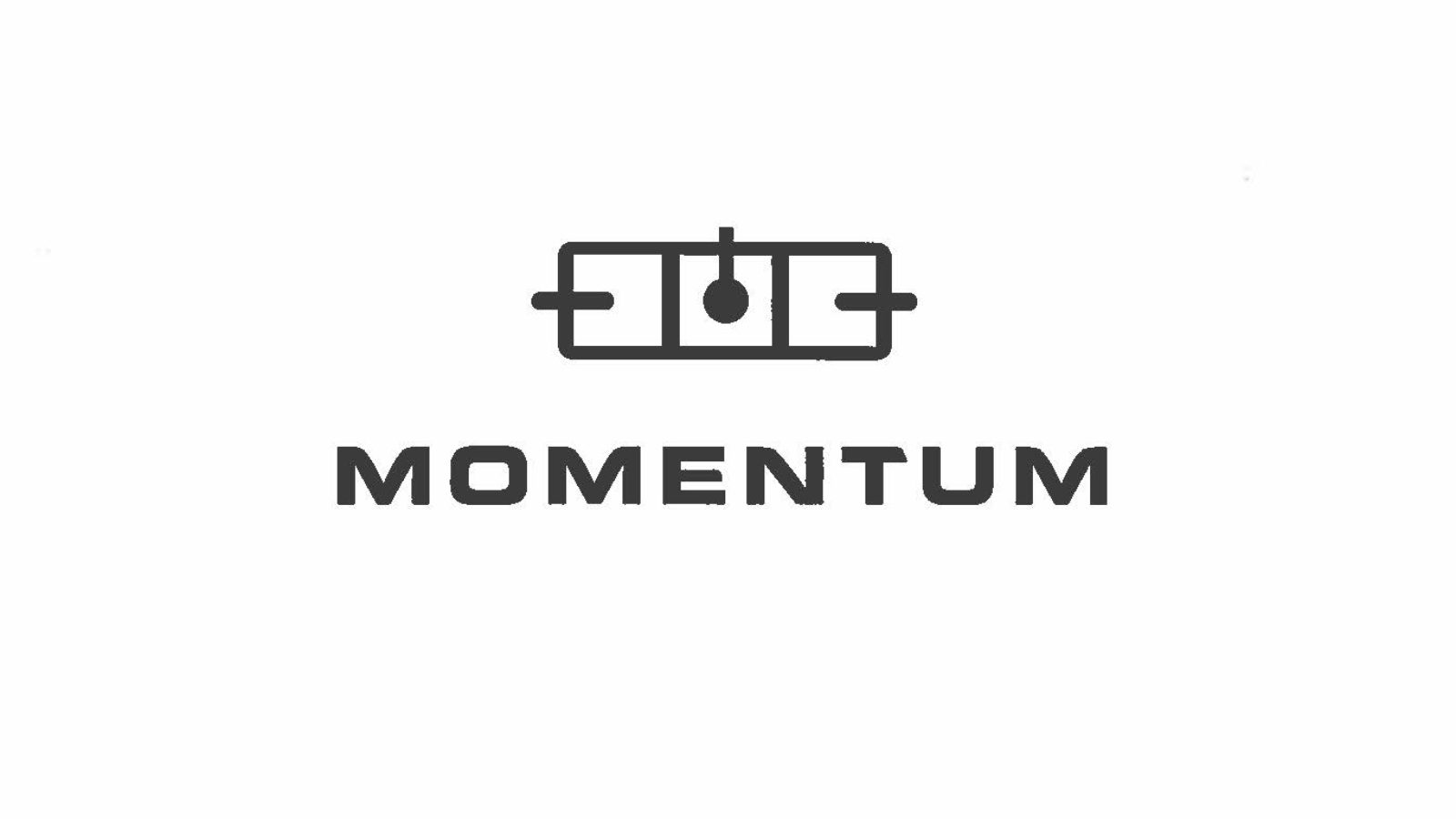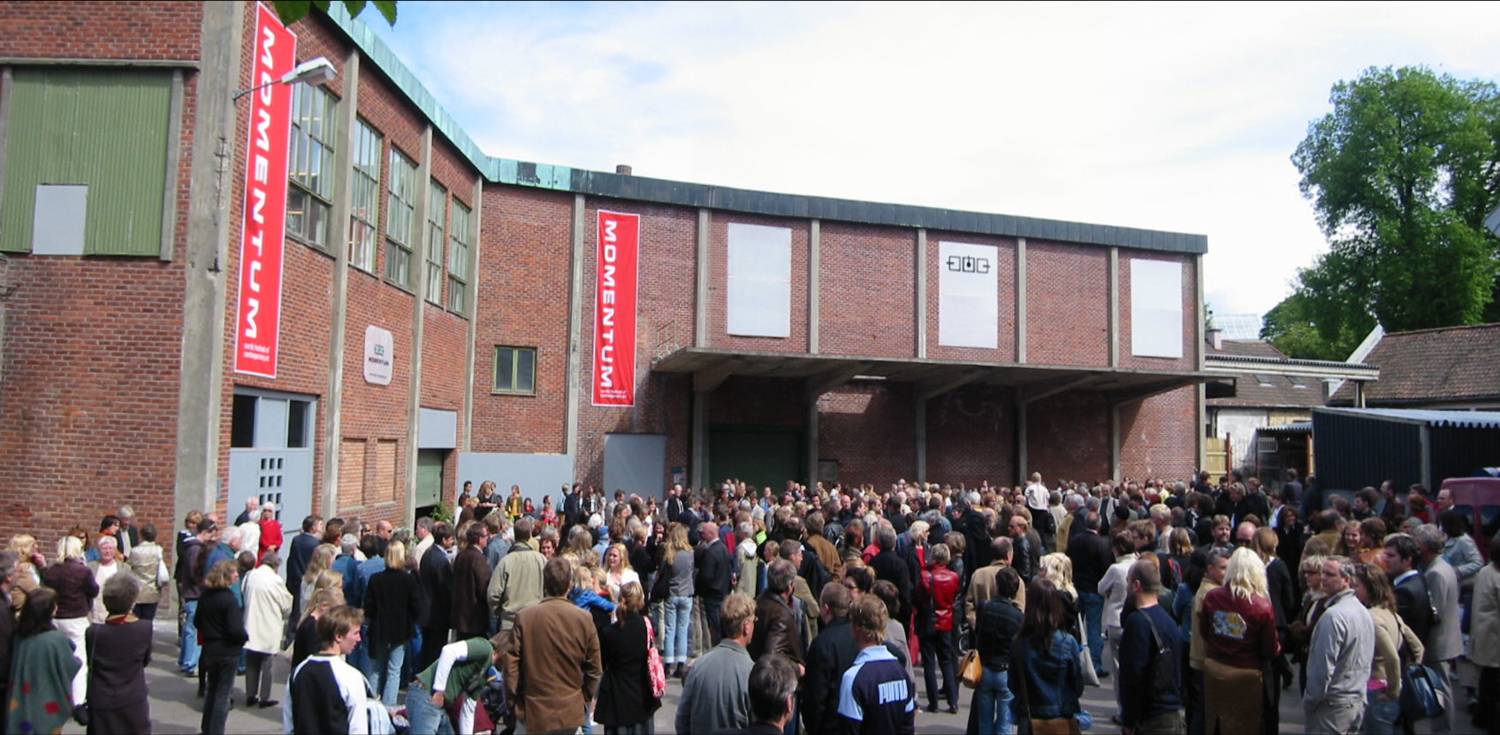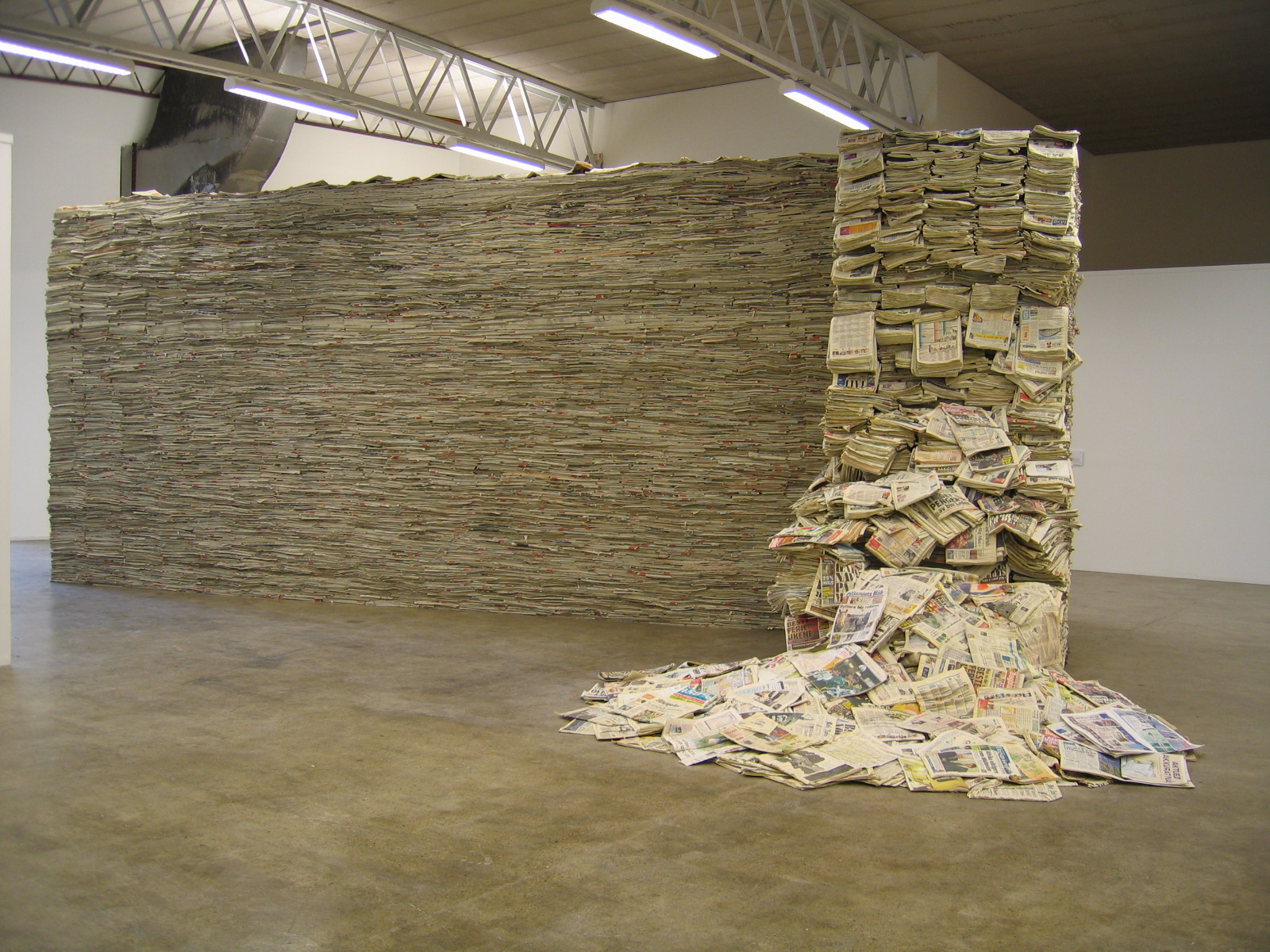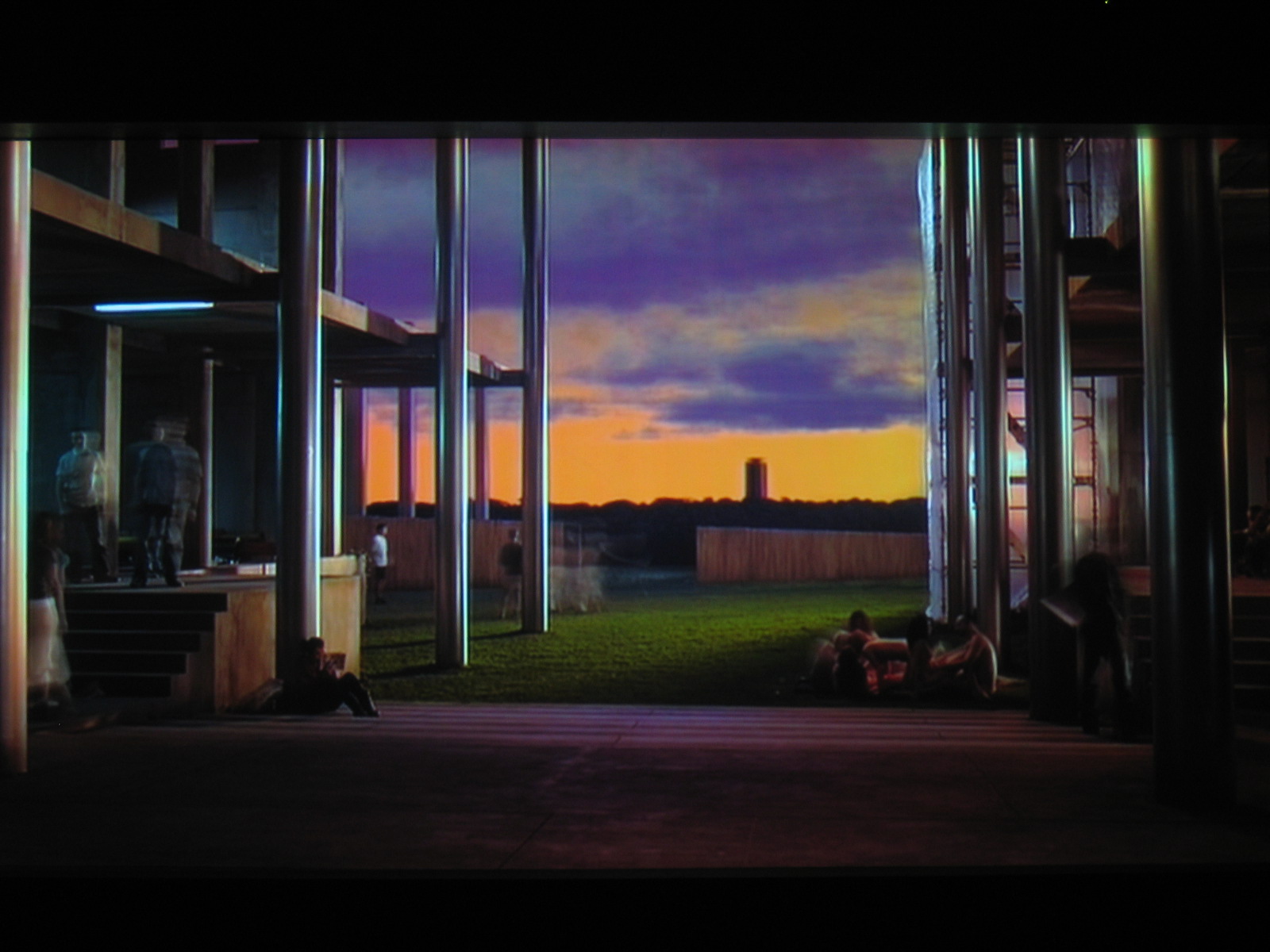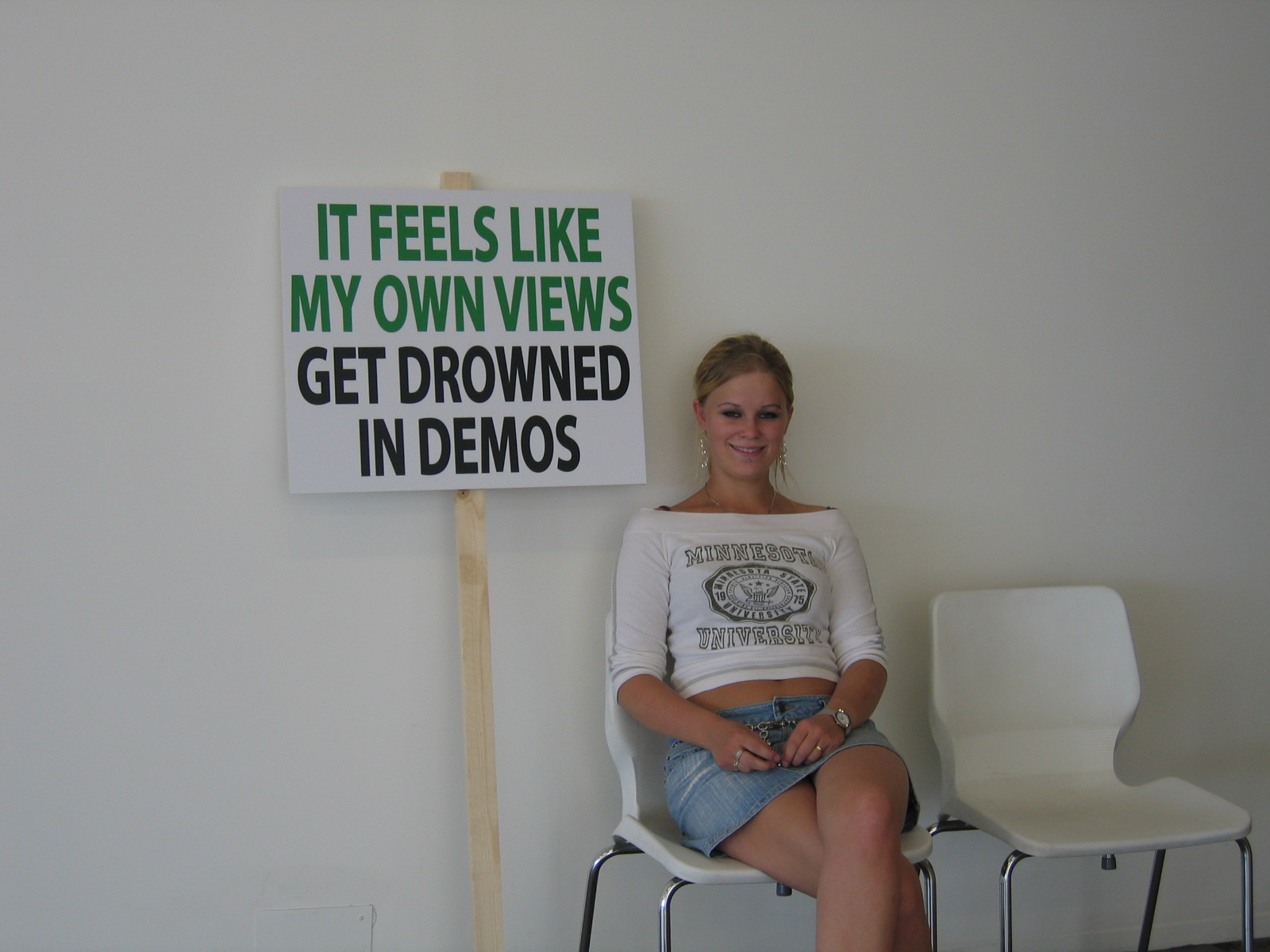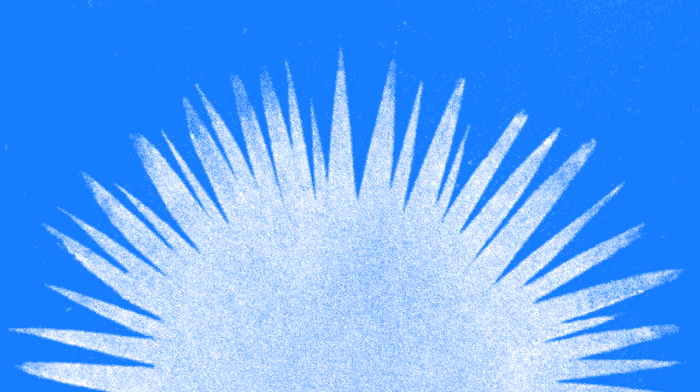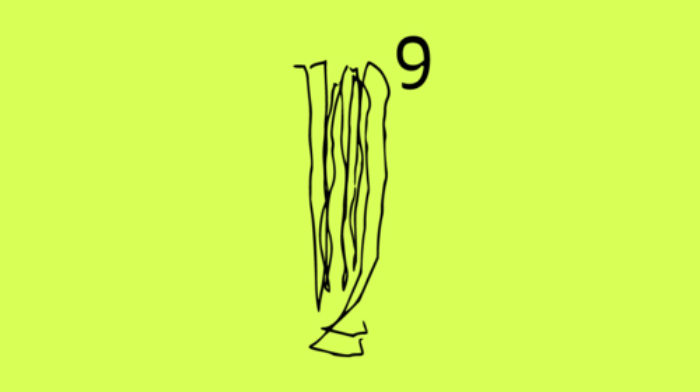Curators:
Caroline Corbetta and
Per Gunnar Tverbakk
Artists:
Lise Blomberg Andersen, Christian Andersson, Dejan Antonijevic, Jonas Dahlberg, Nathalie Djurberg, Matias Faldbakken, Bodil Furu, Ilkka Halso, Erla Haraldsdottir & Bo Melin, Lise Harlev, Gustav Hellberg, Kim Hiortøy, Rune Johansen, Svein Flygari Johansen, Jesper Just, Ragnar Kjartansson, Margareta Klingberg, Oskar Korsàr, John Kørner, Andrea Lange, Lars Mathisen, Samir M’kadmi, Sirous Namazi, Terje Nicolaisen, Lars Nilsson, Ola Pehrson, Anu Pennanen, Jorma Puranen, Hans Hamid Rasmussen, Kirstine Roepstorff, Torbjørn Rødland, Andreas Schulenburg, Magnus Sigurdarson, Johan Thurfjell, Martijn van Berkum & Oskar Lindström, Ole Mads Vevle, Måns Wrange
Momentum 2004 attempts to display some of the social and cultural positions that coexist in the Nordic region. Although this region is perceived from the outside as fairly homogeneous – not least due to an official self-image much promoted by various Nordic interregional organisations – it consists of a set of composite localities that generate a variety of cultural identities, and never was this more so than it is today. It goes without saying that these identities do not exist in isolation but are interwoven on many levels with the broader international situation. Like any other part of the world, the region is an arena for internationalisation in which the local always bears traces of the global within it and vice versa.
Despite the emergence of new socio-cultural trends within the Nordic communities, which become apparent in increased individual orientations, and despite the external influences of the varied forces of globalization, such as of an internationalised media, each country in the region still retains a relatively distinct monocultural society. In addition, these countries share a common set of social democratic ideals. Yet the nation of shared communal goals as a foundation of social organisation is being increasingly challenged by the diversity of new ideas and impulses. Indeed, there are discrepancies in the pace at which changes are being implemented in the various environments of the Nordic countries. Given this composite, fluid, and even contradictory framework, Momentum 2004 questions the ability of the existing system to embrace a future of greater cultural diversity and social individuality.
The exhibition presents artists that investigate, criticise, or even try to improve existing political and social structures. The artists explore the alienating effects of urban landscapes and the introduction of new economies into the Nordic topography as a result of worldwide migratory currents; same of them analyse the historical and contemporary factors defining the ownership of territories, while others examine the transformation of nature into a commodity managed by the entertainment industry. The exhibition also includes works by artists concerned with more existential issues.
The show offers a spectrum of subjective perspectives on Nordic realities. The invited artists are connected to the region in a variety of ways. For same it is their place of birth, others have moved here for one.reason or another; yet others have participated in artist-in-residence programmes, producing works in response to certain local conditions. Collectively, these disparate voices whose subtle characters preclude the possibility of univocal interpretation illustrate the range of cultural and social environments that coexist across the Nordic region.
The subjectivity of the artists is the lens through which reality is read and translated into images. As curators of the show, we have given priority to artists who transcribe their agendas into genres of visual organization that presuppose presentation within an institutional framework. In our view, the institutional context encourages acknowledgement of the artwork by a non-professional audience.
Due to the temporal constraints within which the biennial has to work, we have decided not to include projects that involve extensive, socially engaged collaborations. We believe that projects which interact with the social structures of local communities require long-term commitments in order to establish the desired interactive dynamics. The nature of the biennial as an event is hardly suitable for social activism, and if presented within the institutional space, such works would merely become powerless mises en scene.
Nonetheless, the shift from the art object towards diverse forms of interdisciplinary activity localised in the social sphere has been a conspicuous phenomenon over the past decade, and not just in the Nordic countries. This trend is analysed in an essay in the current catalogue.
In order to establish itself as a durable institution with its own character, a biennial must relate to its local context. In the case of Momentum, in addition to the exhibition at the Brewery, several artists participate with public projects in settings in and around Moss. With roughly 30,000 inhabitants, Moss is Momentum’s permanent home. Like every small town with roots m industry, Moss is currently undergoing a profound shift in identity. Former industrial siles are being transformed into public facilities, business premises and cultural institutions. Once a sile of steady industrial production, Moss is now split between the policy of developing its traditional industries and the quest to become a cultural and recreational destination for urbanites. The public projects in the biennial reflect on these changes by offering interpretations of Moss’ architectural and social environments. The aim of this section of the exhibition is not to reveal the uniquely local but rather to stimulate public debate by presenting the town within a broader perspective.
Moss serves as a symbol for the changes currently affecting not Just the entire Nordic region but also many other Western localities. Yet Moss is an urban environment in its own right, with its own traditional peculiarities, and its own unique identity.
Momentum aims to establish its specificity as a Nordic biennial by seeking out meaningful correspondences between local, regional and global realities.
Caroline Corbetta and Per Gunnar Tverbakk
The Curators of Momentum 2004

